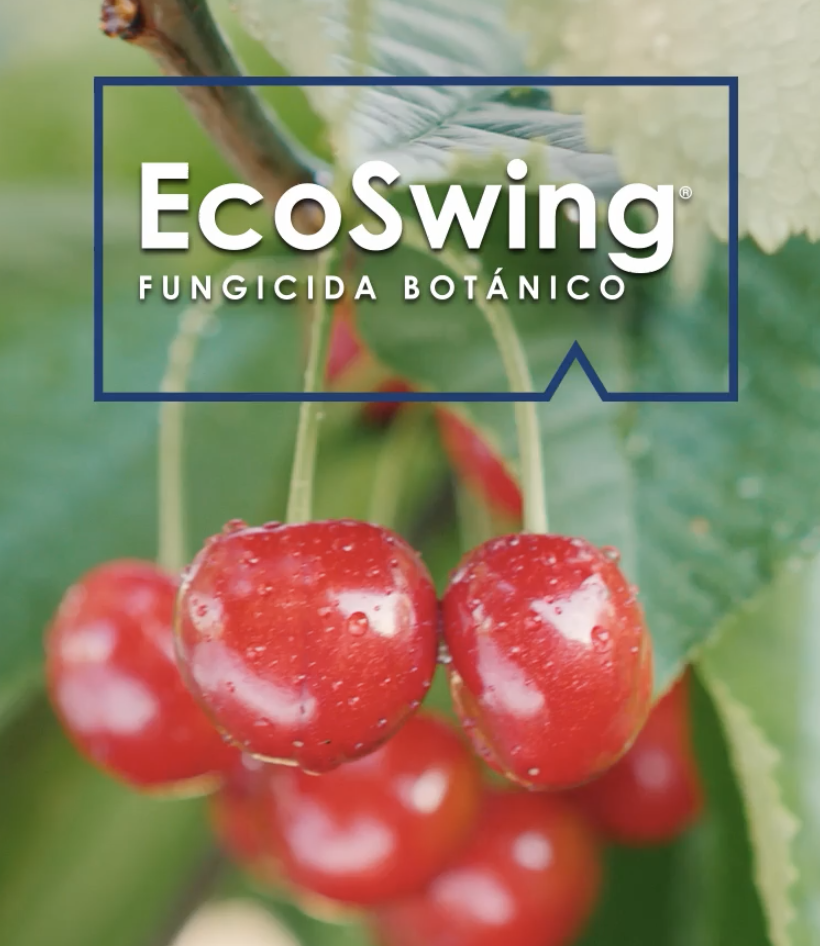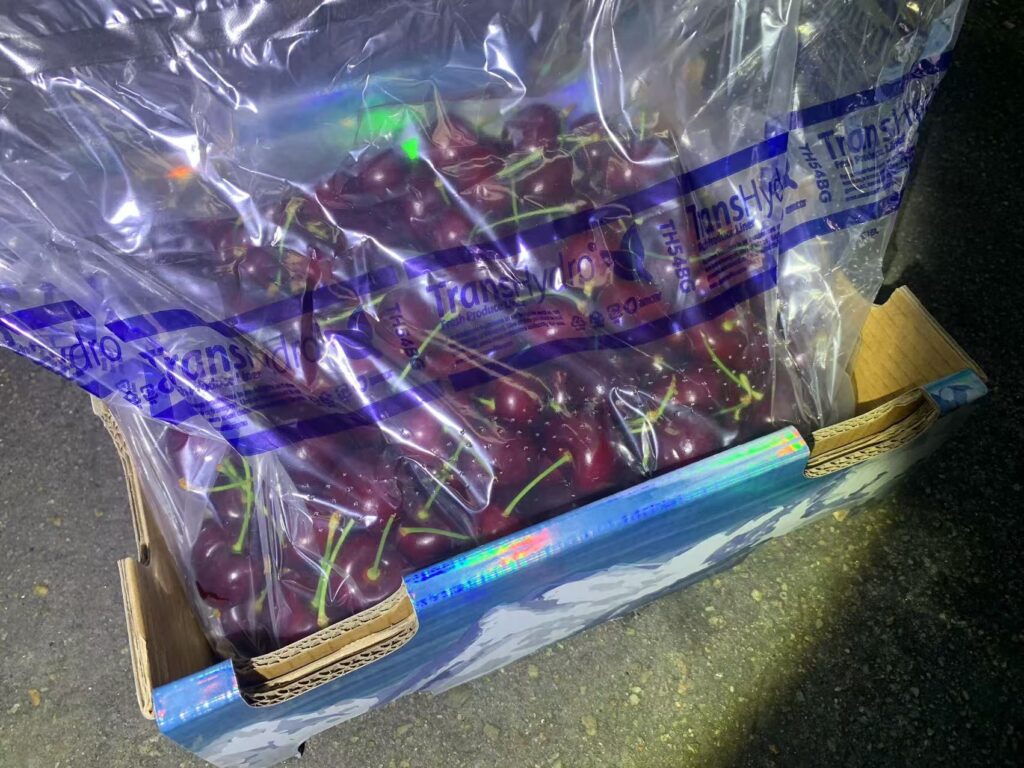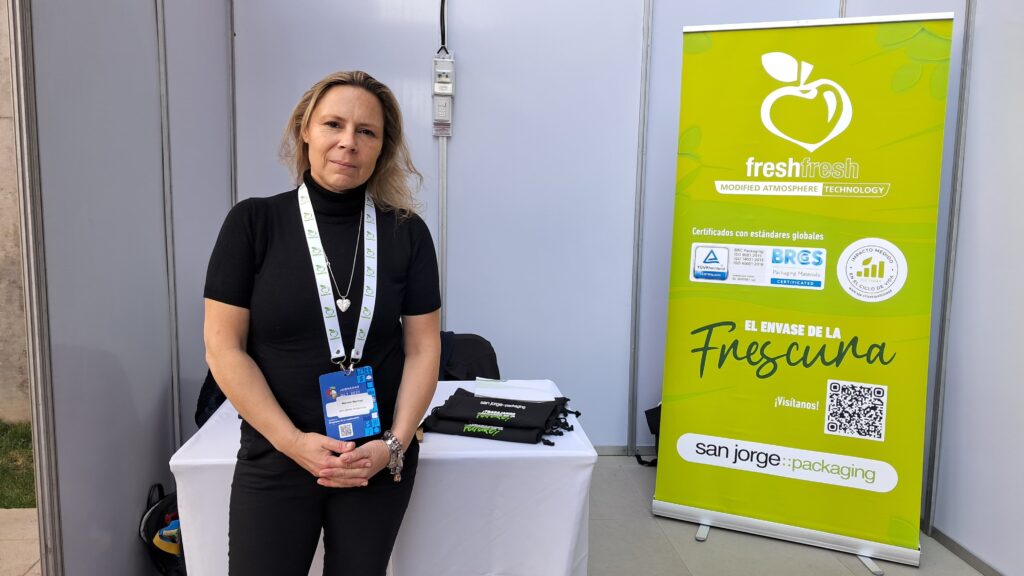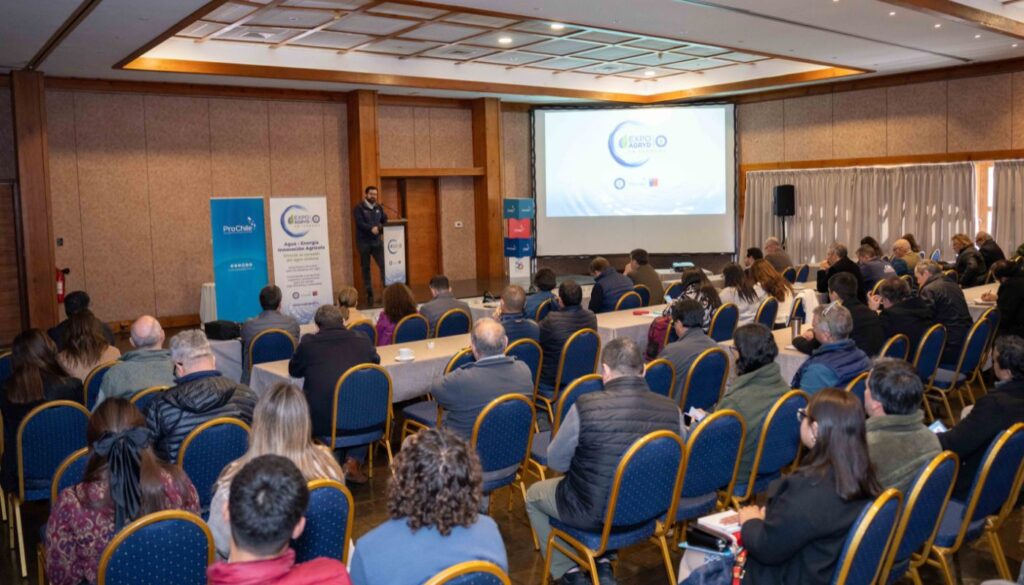By:
Emilio Martinez Agricultural Engineer. Avium
Carlos J. Tapia T. Technical Director Avium and Co-founder of SmartCherry.
Edited by Daniela Balagué. Journalist. Communications Manager Avium

Damage that is mainly caused by cold, which could have occurred at the beginning of the plant's entry into dormancy, due to poor lignification or poor bract formation.
The number of flower buds that a shoot has is represented by the number of leaves that shoot may have had the previous season, because all flower buds are axillary leaves. That leaf was present in the shoot from the vegetative bud that was expressed last season, in turn that vegetative bud had that predetermined number of leaves from the summer before last during the bud differentiation period.
In addition to the above, the number of flower primordia that each flower bud has is determined by the flower induction process of the previous season, which occurs in December, and by the differentiation of the flowers from the previous season during January. This dart is made up of two parts, first by a vegetative bud and second by an undetermined number of flower buds, which in turn have a number of flower primordia, which are subject to events that may have occurred in previous seasons.
This provides very valuable information. Firstly, in terms of health, the percentage of damaged primordia that could be present in each of the fruit centres. Damaged mainly by cold, which could have occurred at the beginning of dormancy due to poor lignification of the floral centres or poor bract formation.
Frosts at the end of April or beginning of May, when the plant is generating the process of lignification and coverage of bracts of all floral structures, may be the determining or most important factor that supports or presents these damages, therefore, it has been recognized with data recovered from the bud analyses carried out by Avium in the last 6 seasons, where the 90% of the damages is already expressed as of July 1 of each season.
In recent years it has been observed that the cherry phenological state most sensitive to the effects of frost is swollen bud. Although the literature indicates that the critical temperatures for damage to cherry trees are before swollen bud, in practice the opposite can be observed. (Photo 1)
Photo 1: Frost damage in advanced stage of swollen bud

“If there is a percentage of damage to the buds, I will be a little more conservative with the use of dormancy breakers, I may not even apply them. If there is significant damage to flower primordia, I will be more conservative in how I will present the first stage of load regulation, which is pruning, and I will also take precautions in terms of depending on the flowering potential, if I have to take a path to ensure these flowers a little or ensure fruit set or ensure fruit retention by using some growth regulator that allows me to obtain or ensure the greatest amount of fruit possible." said Carlos Tapia, director of Avium.
The ranges indicated in terms of flowering potential are that when there are less than 15 flowers per fruit center, it is considered to be a low flowering potential. When there is a range between 15-20 healthy flowers per fruit center, it is recognized as a medium-normal flowering range. When the bud analysis shows between 20-25 healthy flowers per fruit center, it is recognized that there is a high flowering potential and when there are more than 25 flowers per fruit center, it is an excessive flowering potential.
Undoubtedly, when calculating the productive potential of an orchard, in addition to the considerations described regarding the number of healthy flowers per fruit center, it is also associated with the percentage of fruit set of each variety, and that in itself when evaluating this factor, different figures can be obtained, in addition to adding the variety/rootstock combination, climatic zones, phytosanitary conditions and homogeneity of the orchard, among various factors that must be taken into consideration for an assertive potential when applying management based on these numbers.
“In these last two ranges, high and excessive, we probably have to worry about good spring conditions, temperatures and conditions for pollination and fertilization, perhaps a possible high fruit set and perhaps analyze from a technical point of view what load regulation options I have within the season, such as flower thinning or flower thinning, and fruit thinning ideally ending these 30 days after full flower, therefore, the bud analysis also gives us that information and also gives us guidelines on how to act. At least considering the flowering potential with respect to the conditions that exist to reach a productive potential, there are clearly differences in potential in terms of varieties.” Tapia added.









